Eero Mesh vs. TP-Link Deco M5: Which should you buy?
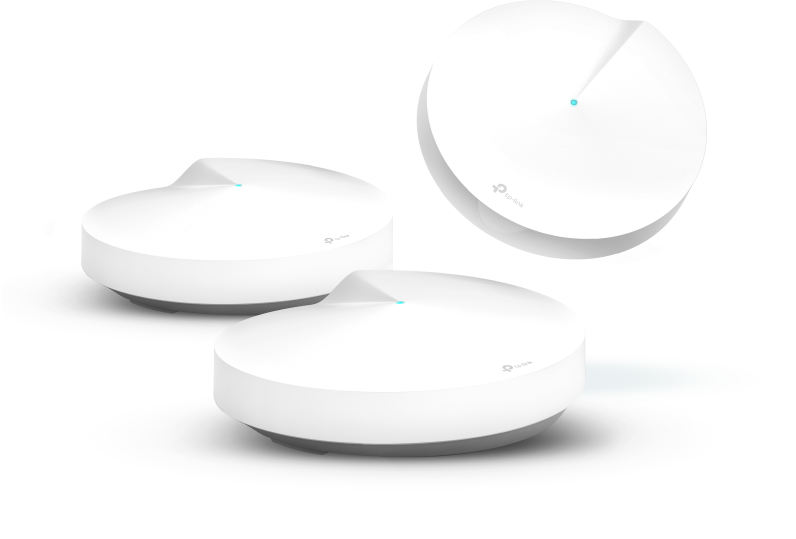
Great balance
TP-Link Deco M5
Pros
- Simple setup
- Small size
- Fast AC1300 speeds
- 5,500 square feet of coverage
- Two Ethernet ports per unit
Cons
- Only Dual-band
The TP-Link Deco M5 continues to be one of the best values for a mesh network. With a dual-band connection and easy expansion, the Deco M5 is a great option for a simple mesh. You can also expand it with other Deco units.
Simple and sleek
Eero
Pros
- Simple setup
- Small and sleek
- Two Ethernet ports per unit
- 5,000 square feet of coverage
Cons
- Slower Wi-Fi speed
- Expensive
- Dual-band
The Eero is a solid mesh system that stays squarely focused on simplicity. Eero isn't the fastest mesh but extra Eero routers or beacons, which are easy to add, make it great for someone that wants a simple and consistent Wi-Fi network.
The Deco M5 has very similar specifications to the Eero at a much lower price. The Eero does have some value in its simple and easy to use software for setup and management but likely isn't going to be worth the extra cost for most people. The TP-Link Deco M5 comes out on top thanks to a great balance of features that matter to most people.
Eero Mesh vs. TP-Link Deco M5 Balancing power
The Deco M5 has decently fast Wi-Fi 5 performance and comes in a compact housing. With two Ethernet connections on each unit, it should be possible to cover your entire network with a few Deco M5 routers. The Deco M5 consistently holds onto the lower-priced mesh category thanks to its competitive features.
It's hard to see why Eero is so much more expensive than the TP-Link Deco M5. The Eero base mesh system has similar performance and features and stands apart with its software which does its best to keep things on auto. Eero recommends this set of routers for 350Mbps connections or slower and doesn't promise any more in speed. In truth, this will be enough for most people but if you pay for faster internet, you'll probably want something that can deliver more in the way of speed.
| Deco M5 | Eero | |
|---|---|---|
| Wi-Fi technology | 802.11ac dual-band |
802.11ac dual-band |
| Wi-Fi speed | 400Mbps at 2.4Ghz 867Mbps at 5Ghz |
N/A |
| Ethernet | 2 per unit 1 used for WAN |
2 per unit 1 used for WAN |
| Coverage | (3) 5,500 sq ft | (3) 5,000 sq ft |
| Security | WPA2 | WPA2 |
Eero Mesh vs. TP-Link Deco M5 What are the speeds?
Eero doesn't disclose its speed specifications like most networking companies, preferring to recommend its lower-end Eero only to people with connections slower than 350Mbps. It's probably true that this speed will be enough for people who only stream or browse the internet on Wi-Fi, but if you transfer files on your network or download a lot, you may need something more.
This is one place the TP-Link Deco M5 maintains its lead, with AC1300 speeds offering 867Mbps on the 5Ghz band and 400Mbps on the 2.4Ghz band. Along with dual-band and a strong mesh, you should be able to get much better speeds on local transfers and large downloads. The Deco M5 also matched Eero in gigabit Ethernet ports, which helps to keep speeds high for wired devices as well.
Eero Mesh vs. TP-Link Deco M5 What about coverage?
The Eero claims to have 5,000 square feet of coverage while the TP-Link Deco M5 claims 5,500 square feet. In a perfect world, this would be possible but in a real home, you won't see those numbers. Things like thick walls and even appliances can negatively affect your Wi-Fi coverage. The strength of a mesh system is that you can add in more mesh points to overcome a challenging environment.
All of your mesh points will need to be placed within the range of another, which will reduce your overall range. If you want to make the absolute most out of each router, you will need to run an Ethernet cable to the mesh points. This, however, does increase the difficulty of the setup but can allow for much more consistent performance. In the real world, both of these mesh systems will see similar coverage.
Eero Mesh vs. TP-Link Deco M5 What you need to know about expansion
Eero is one of our favorite mesh router systems, so it's not only compatible with more of the same router but the rest of the Eero family as well, including previous generation eeros. The Eero Pro is the fastest with the greatest range while the Eero Beacon is a convenient form factor that plugs directly into the wall. The Beacon even has a nightlight.
The Deco M5 is similarly expandable and is compatible with the rest of the Deco line. The lower-end routers can be great for filling in dead spots in the periphery of the network. The Deco M3W plugs directly into the wall for an extra boost. If you need more speed and coverage, it may be worth it to put a Deco M9 Plus in the center.
If you mix and match your mesh points with either system, you'll want to be sure that the fastest and most capable routers are nearest to the center of your network. Your mesh will only ever be as fast as the core router, so it's important to set things up properly.
Both systems will need to be set up in an app. Grab the TP-Link Android app (also on iOS) or the Eero Android app (also on iOS).
Eero Mesh vs. TP-Link Deco M5 Which should you get?
An Eero mesh network will be reliable and, for most people, a fast wireless network for browsing and streaming. There's no question that it works and works well. However, the TP-Link Deco M5 is also a great option. The Deco M5 stands out as great value and a great start to a mesh network thanks to its lower price and comparable features. Most people will find the speed to be completely adequate, especially with current internet speeds, and will find the Deco M5 to be a great fit.
Great balance
TP-Link Deco M5
Speed and coverage balance
$171 at Amazon $180 at Dell $170 at B&H
The TP-Link Deco M5 with three units covers an impressive 5,500 square feet allowing for an easy whole-home Wi-Fi solution.
Simple and sleek
Eero
A simple approach to whole-home Wi-Fi
$199 at Amazon $200 at Best Buy
The Eero is a simple mesh system with an easy setup experience. Eero is compatible with Eero Pro and Beacon for easy expansion.
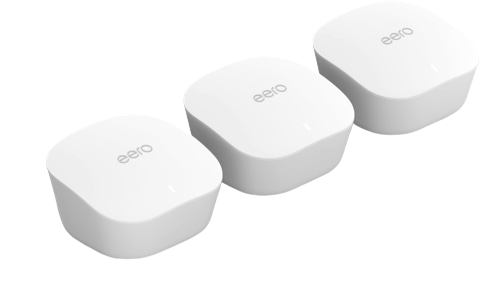
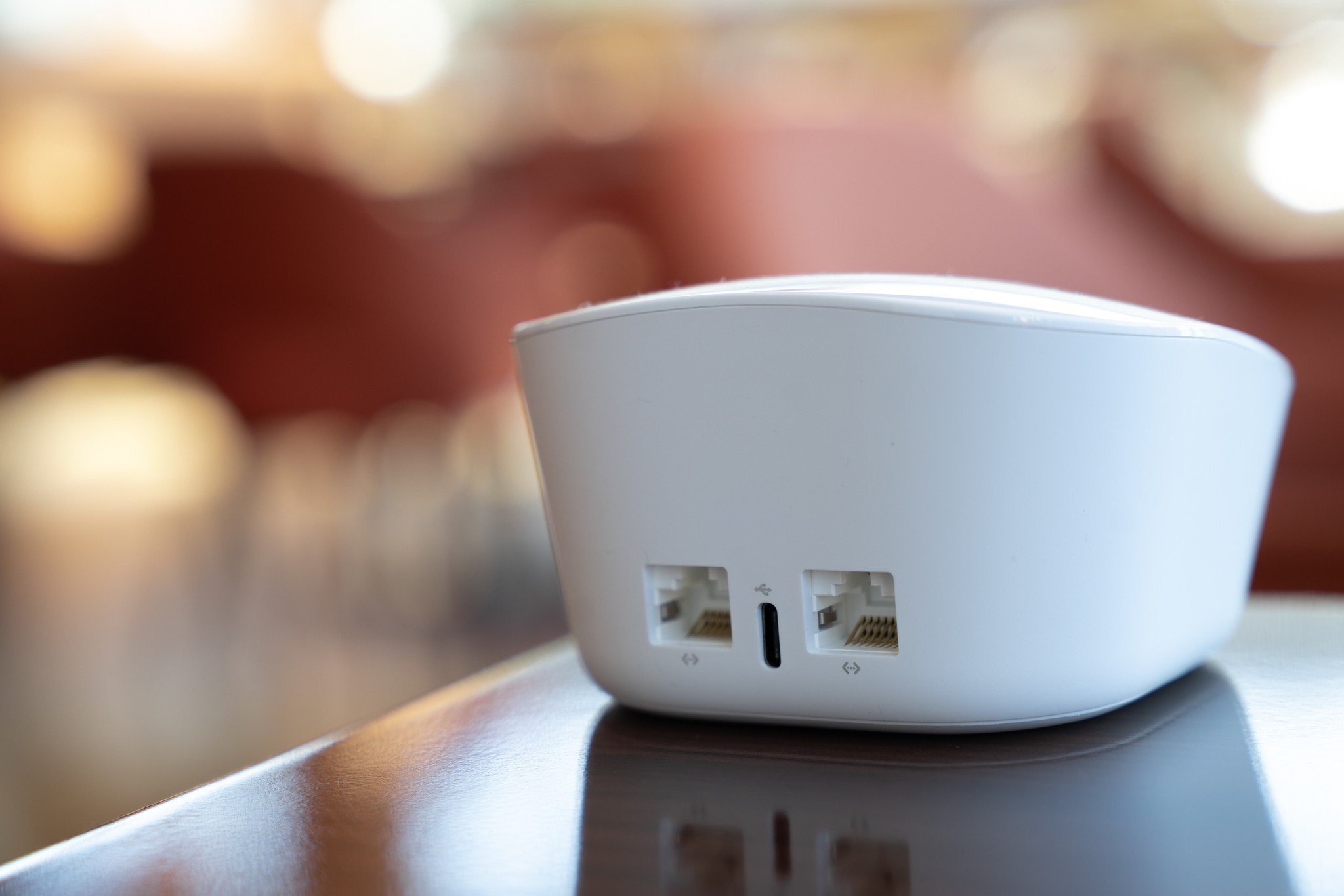
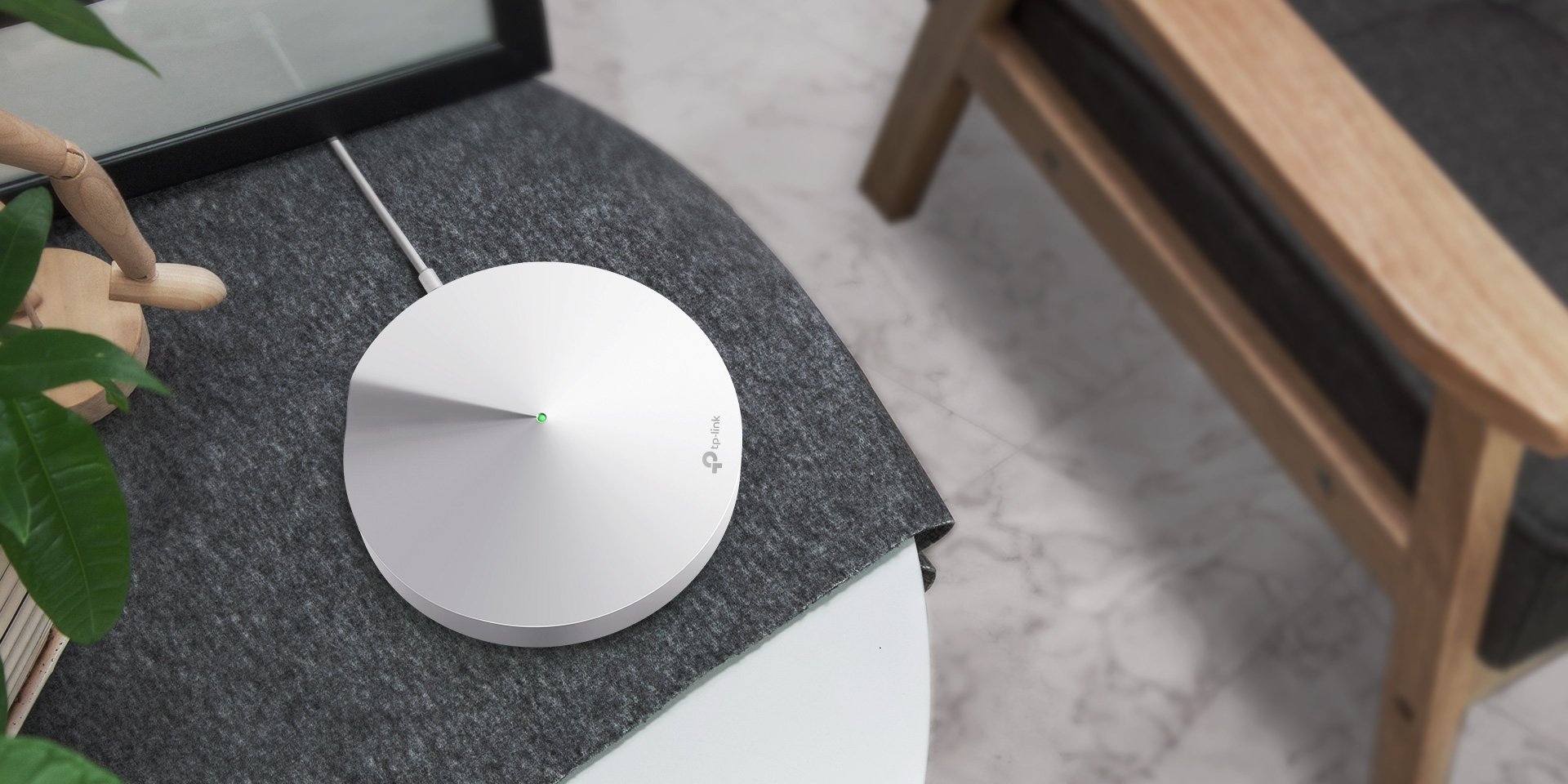

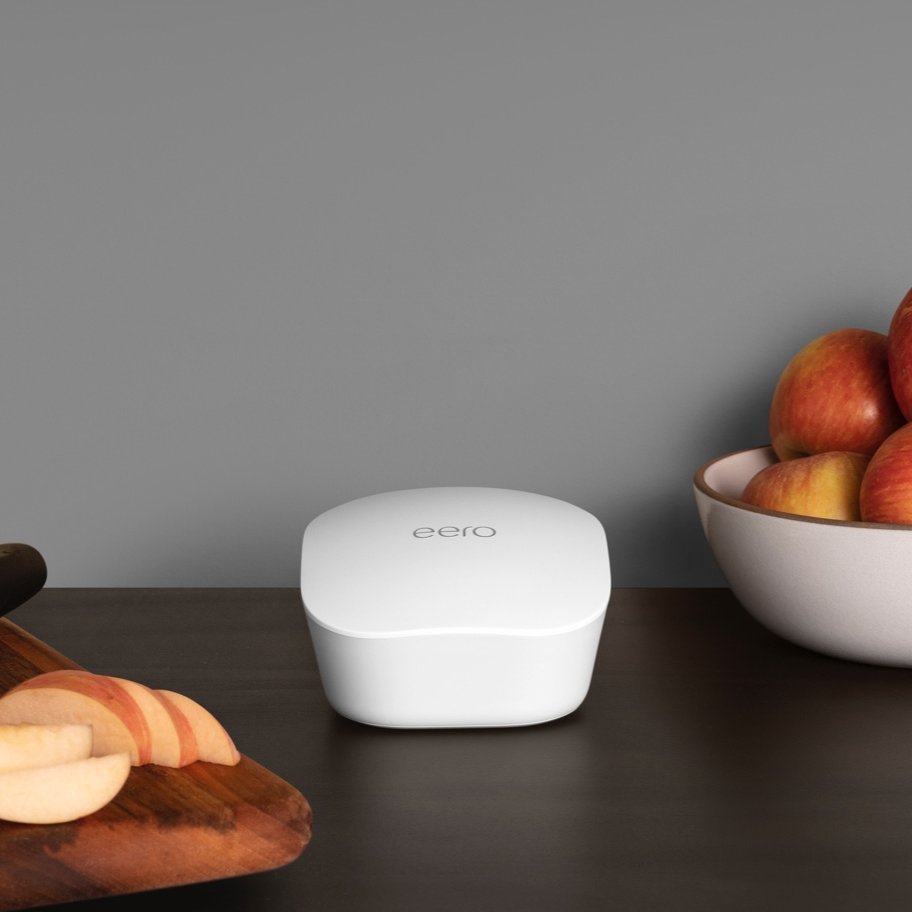
No comments